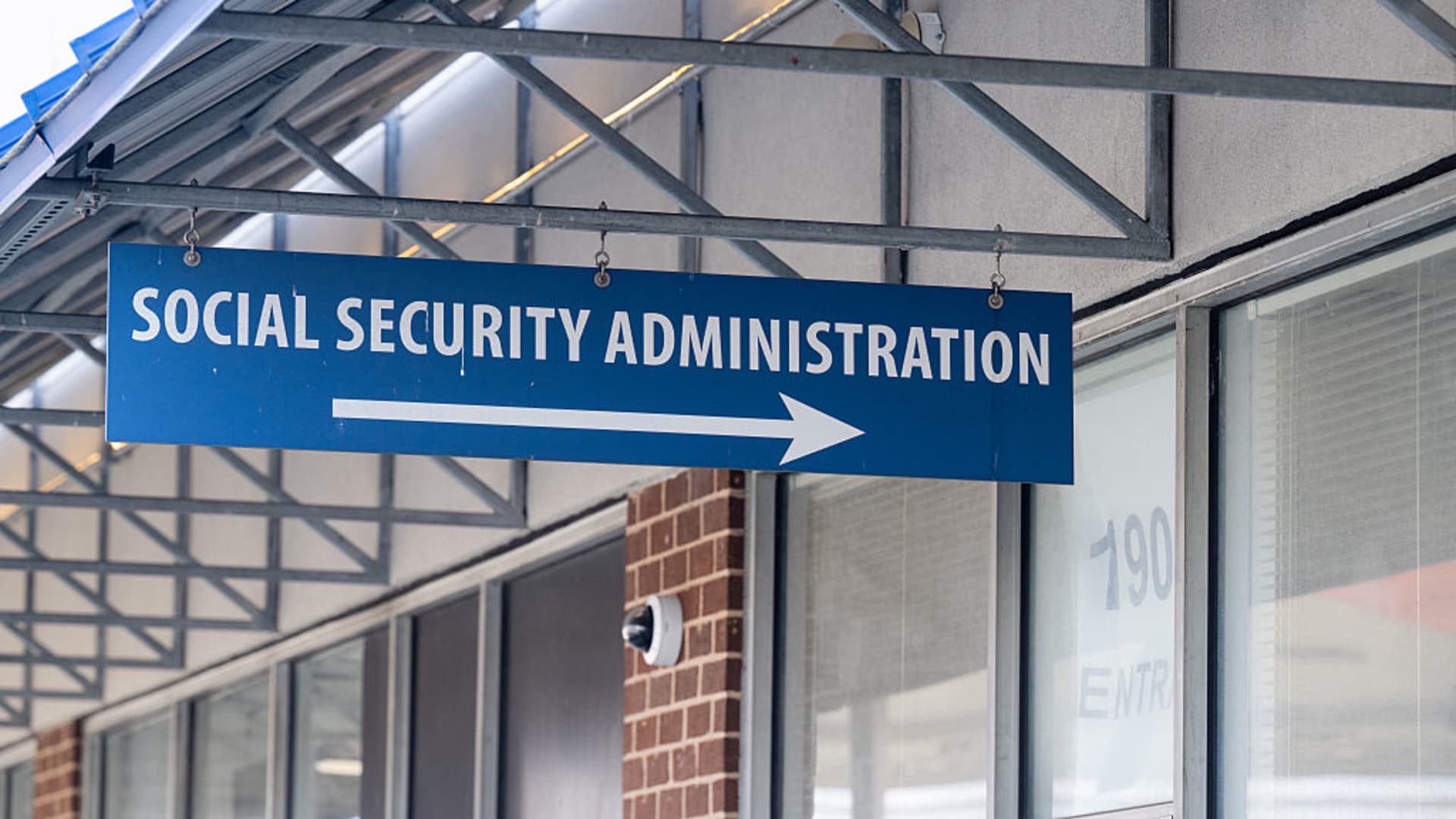Buying a home is often the biggest financial decision you’ll ever make.
It’s not just about choosing a place to live; it’s about making a long-term investment that will impact your financial future for years to come.
Therefore, if you are looking to buy a home, there are certain steps you should take to prepare for the purchase, according to several advisors ranked in CNBC’s 2024 Financial Advisor 100 List.
“Number one is doing that initial homework and financial planning,” said Brian Brady, vice president at Obermeyer Wood Investment Counsel in Aspen, Colorado. The firm ranks No. 23 on the 2024 CNBC FA 100 list.
Most important, it has to be a “smart financial decision” that makes the most sense for you, explained Stephen Cohn, co-founder and co-president of Sage Financial Group in West Conshohocken, Pennsylvania. The firm ranks No. 61 on the 2024 CNBC FA 100 list.
Here’s a look at more coverage of CNBC’s FA 100 list of top financial advisory firms for 2024:
“I run into a lot of first-time homebuyers, friends, kids, acquaintances. They fall in love with the house, and it may not make sense for them financially,” said Ron Brock, managing director and chief financial officer at Sheaff Brock Investment Advisors in Indianapolis, Indiana. The firm ranks No. 7 on the 2024 CNBC FA 100 list.
He tells them: “Just be smart. Don’t be house poor.”
Here are some key steps to consider if you plan to buy a home:
1. Have a strong credit score
Make sure you have strong credit, said Shaun Williams, private wealth advisor and partner at Paragon Capital Management in Denver, Colorado. The firm ranks No. 38 on the 2024 CNBC FA 100 list.
“The higher the credit score, the better the terms you’re going to get on the loan, and the lower the interest rate will be,” said Ryan D. Dennehy, a financial advisor at California Financial Advisors in San Ramon, California. The firm ranks No. 13 on the 2024 CNBC FA 100 list.
For example, a FICO score ranging 760 to 850 might qualify for a 6.226% annual percentage rate, according to Bankate.com. That can translate to a $1,842 monthly payment, Bankrate found.
On the other hand, a FICO score of 620-639 might get a 7.815% APR, roughly amounting to a $2,163 monthly mortgage payment, per Bankrate examples. They are based on national averages for a 30-year fixed mortgage loan of $300,000.
You can start the process by paying down any existing debts that you have on time and in full, and avoid new loans as you get closer to buying a home, experts say.
2. Start saving for the down payment
While a 20% down payment is not required to buy a house, buyers try to put more money upfront to avoid mortgage insurance costs and potentially lower monthly payments.
In the third quarter of the year, the average down payment was 14.5%, and a median of $30,300, Realtor.com told CNBC.
In order to start saving for a down payment, you need to figure out your cash flow, or how much money is coming in versus going out every month, said Steven LaRosa, director and senior portfolio manager at Edgemoor Investment Advisors based in Bethesda, Maryland. The firm ranks No. 14 on the 2024 CNBC FA 100 list.
Also, try to maximize how much money you can save or put away towards the down payment, said LaRosa.
3. Boost your emergency savings
It’s not just the down payment that needs to be built up, said Williams.
“You should have six months of your spending needs, including the house spending needs, in an emergency fund,” he said.
You don’t want to be in a situation where you use up all of your savings for the upfront costs of buying a house and end up with no cash left.
Home emergency spending was $1,667 across 1.5 projects per household in 2023, according to a report by Angi, an online marketplace for home improvement professionals.
3. Think about the lifestyle you want
Ask yourself what kind of lifestyle you look forward to, said Brady.
“Are you looking for a condo? Do you want a single-family home?” he said.
Then you can focus on factors like location and price, said Brady.
Meanwhile, some of the additional costs that come with owning a house are driven by where you live, like property taxes, utility and insurance costs, he said.
In some areas, “it’s next to impossible” to get home insurance, said Brady. “And if you can [get home insurance] you’re paying quite a bit.“
Nearly three-quarters, or 70.3%, of Florida homeowners and 51% of California homeowners say they or the area they live in has been affected by rising home insurance costs or changes in coverage in the past year, according to Redfin, an online real estate brokerage firm.
5. Factor in other homeownership costs
Owning a home goes far beyond the monthly mortgage payment.
You need to factor in additional costs, experts say.
To that point, the costs of homeownership adds up to an average $18,118 annually, or $1,510 a month, according to a report by Bankrate.com. The national figure includes the average costs of property taxes, homeowner’s insurance, and electricity, internet and cable bills. Maintenance was estimated at 2% a year of the home value.
“Those are very significant additions that sometimes people glance over and don’t put enough weight on,” said Cohn.
As such costs are unlikely to decline as time goes on, it’s important to have an emergency fund for homeownership costs, experts say.
6. How long you plan to stay in the house
“We like to use a five to seven year minimum,” said Cohn. The longer you’re in a house, the more likely the fixed costs will amortize, or pay off, over time, he said.
Additionally, in the early years of the loan, you’re mostly paying the interest rate, and not the loan itself, experts say.
“You’re not accumulating any equity from putting money into the mortgage in the first 5 to 7 years,” said Cohn.
“If you start looking at how much goes to principal and how much goes to interest in the first several years, it’s probably all interest,” said Brock.


 Economics1 week ago
Economics1 week ago
 Personal Finance1 week ago
Personal Finance1 week ago
 Economics7 days ago
Economics7 days ago
 Accounting6 days ago
Accounting6 days ago
 Economics1 week ago
Economics1 week ago
 Economics7 days ago
Economics7 days ago
 Economics1 week ago
Economics1 week ago
 Personal Finance1 week ago
Personal Finance1 week ago











